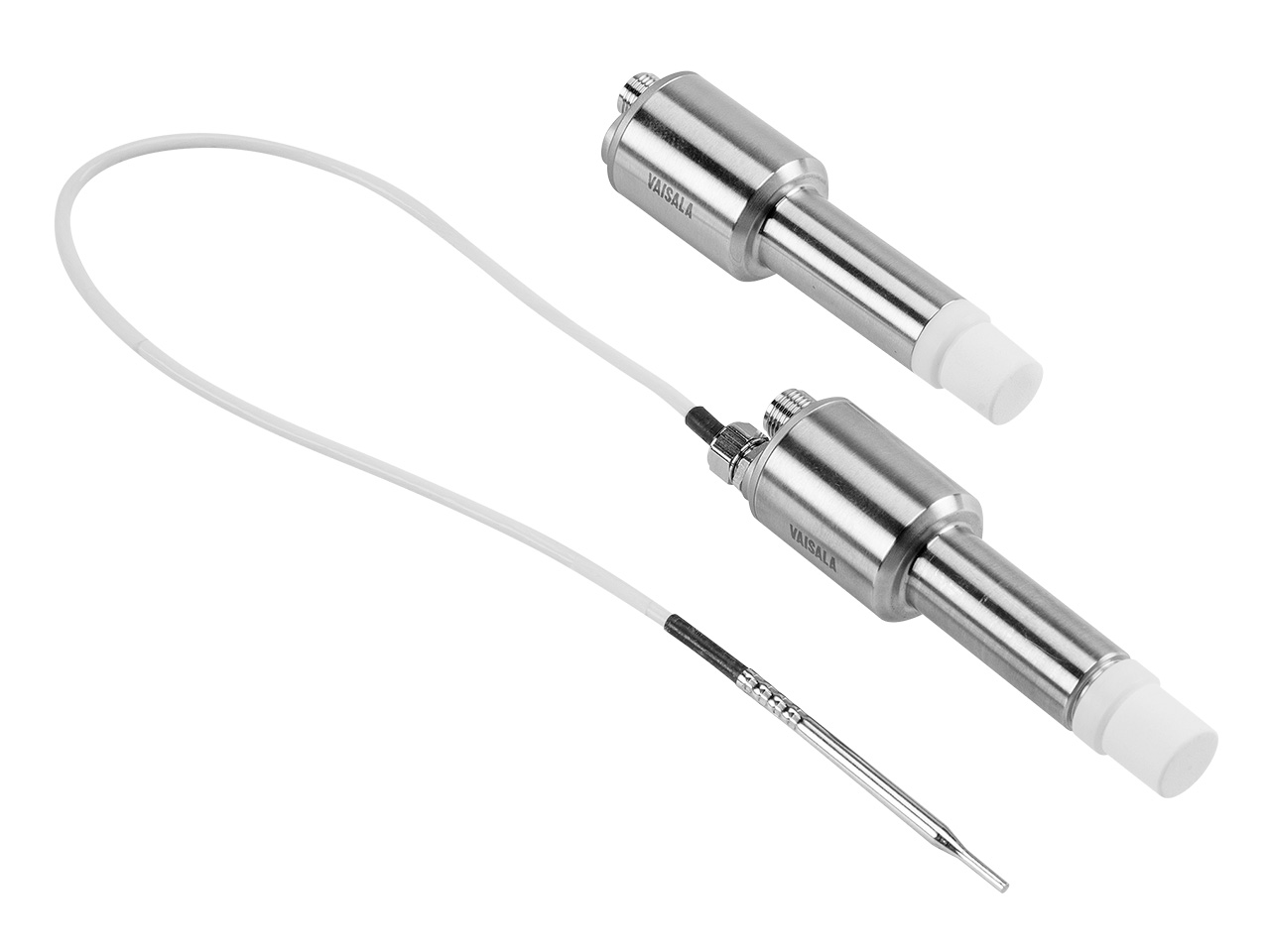Top US hospital ensures regulatory compliance for blood, drugs, vaccines, & nutrition
In a US-based hospital recognized as one of the top 10 most innovative healthcare systems for its clinical care and groundbreaking use of telemedicine, the Vaisala viewLinc Continuous monitoring system monitors applications ranging from processing labs, pharmacies, procedure rooms, ORs, blood and tissue banks, to food and nutrition. Basically, every environment that contains temperature-sensitive materials. For several years now, the viewLinc has been the monitoring system for all campuses and clinics in this hospital.
The operations manager who oversaw the installation and deployment of the monitoring system said:
“We have over 1,500 fridges and freezers. We installed viewLinc as our single centralized monitoring system to ensure that all departments across the hospital can effectively and consistently meet the standards and requirements of the many regulatory bodies that audit healthcare facilities.”
One of these regulators is the Joint Commission (JC), a major accreditation body for healthcare organizations and programs across the United States. The JC can perform unannounced surveys between 18 and 36 months after a previous full survey (24 months for laboratories). Usually, no notice of the survey date is provided to the hospital. During a typical survey, the surveyor(s) review temperature records to see that medications are stored in conditions according to product or process requirements. Joint commission surveyors require that organizations document processes around maintaining and monitoring controlled temperatures. Another major regulator is the Centers for Medicare & Medicaid Services (CMS), a governmental agency that oversees many federal healthcare programs, including information technology and the use of electronic health records.
Standardizing Temperature Monitoring
Prior to installing viewLinc, many departments had their own methods, processes, and equipment for monitoring temperature, relative humidity, and other parameters. Because of this, records of environmental conditions were not standard across applications. Some records were manual, some were electronic. In addition, alarming methods were not centralized. For example, with a drug refrigerator, staff would check temperatures at 8 AM and 8PM to manually record the data from an electronic thermometer. In another department, the equipment might have a built-in temperature monitoring sensor with a local audible alarm for temperature excursions, no remote alarming was in place. Different forms would be used to record data, different devices were used to measure the temperature, and different processes were used to manage the recorded information.
Once viewLinc was in place, all equipment, data processes, reporting, and alarming became standardized in all controlled environments within this hospital system. As the manager of the new environmental monitoring system, the operations manager became the viewLinc system administrator. He now heads the team that uses viewLinc, which includes overseeing reporting, managing system access, and relaying alerts to designated respondents.
Regulatory Compliance & Accreditation Simplified
After the viewLinc system was implemented, the Joint Commission surveyed the hospital.
“The inspector was pleased with the temperature monitoring set-up and that was a big win for us. Validation of the system was performed by Vaisala as part of our support plan, and our QAQC team and technology folks who signed off on the validation documents were very happy.”
In setting up the viewLinc system, this manager configured the alarms so that email alerts contain detailed and specific information based on the alarm location. The alert specifies where the alarm is located, the state of the device, whom to call, their phone number, and an after-hours number if relevant. The viewLinc alarm goes to the appropriate personnel according to the alarm instructions set up in viewLinc. If a facility is closed, a technician is immediately notified to check the alarm.
Soon after the viewLinc installation began, one of the blood bank fridges had a temperature excursion. The blood bank had not yet validated their viewLinc system and were still on the old monitoring system with viewLinc running in parallel and awaiting validation. The alarm on the older system was missed by staff, but the viewLinc data logger sent an alarm to the monitoring team, who let the blood bank know which of their refrigerators was having the excursion. If the blood bank had not received the alarm from viewLinc, valuable blood products might have been lost.
The operations manager says the benefits of a single standardized monitoring system cannot be overstated. “Maintenance is straightforward, training staff is much easier, our workflow is simplified, and reporting for regulatory bodies is standardized.”
“Regulations and standards differ among organizations. Food and nutrition have different needs from laboratory or clinical operations. But with viewLinc, we create reports that contain the relevant information for all regulators and accreditation agencies.”
Special Care for Vaccines
This hospital’s clinics are part of the Acute Care Network (ACN) and the Vaccines for Children (VFC) program. The operations manager worked with the clinics to tailor a workflow and viewLinc reports for VFC compliance. Under VFC standards, the temperature monitoring system sensors must be calibrated in a lab that is either ILAC-accredited laboratory, or, if not ILAC-accredited, certificate must contain measurement results and a statement indicating that it meets ISO 17025 standards. The calibration certificates must be available for inspection. This is simplified by viewLinc's device calibration alert capability.
“The VFC also requires that all temperature excursions be documented and temperature records and maintained for at least three years, with no less than three months of temperature data available for auditors,” says the manager. “With viewLinc, all temperature logs for every unit used to store vaccines are available for any time period.”
According to VFC requirements, storage temperatures need to be associated with exact time, have minimum and maximum values, and initialed by designated staff. The VFC has inspected since the viewLinc system was installed and the inspection went well.
The operations manager recalls, “We were relieved to have the VFC’s blessing on the monitoring system.”
Phase 1 of this hospital’s environmental monitoring system overhaul was all refrigerators and freezers, and they are expanding to five other affiliated hospitals. Phase 2 was the addition of new parameters and applications, including:
Now that viewLinc is already in place, the operations manager anticipates a smooth extension of the system and more successes with regulatory bodies and accreditors.
Learn more about viewLinc in Hospitals.


Add new comment